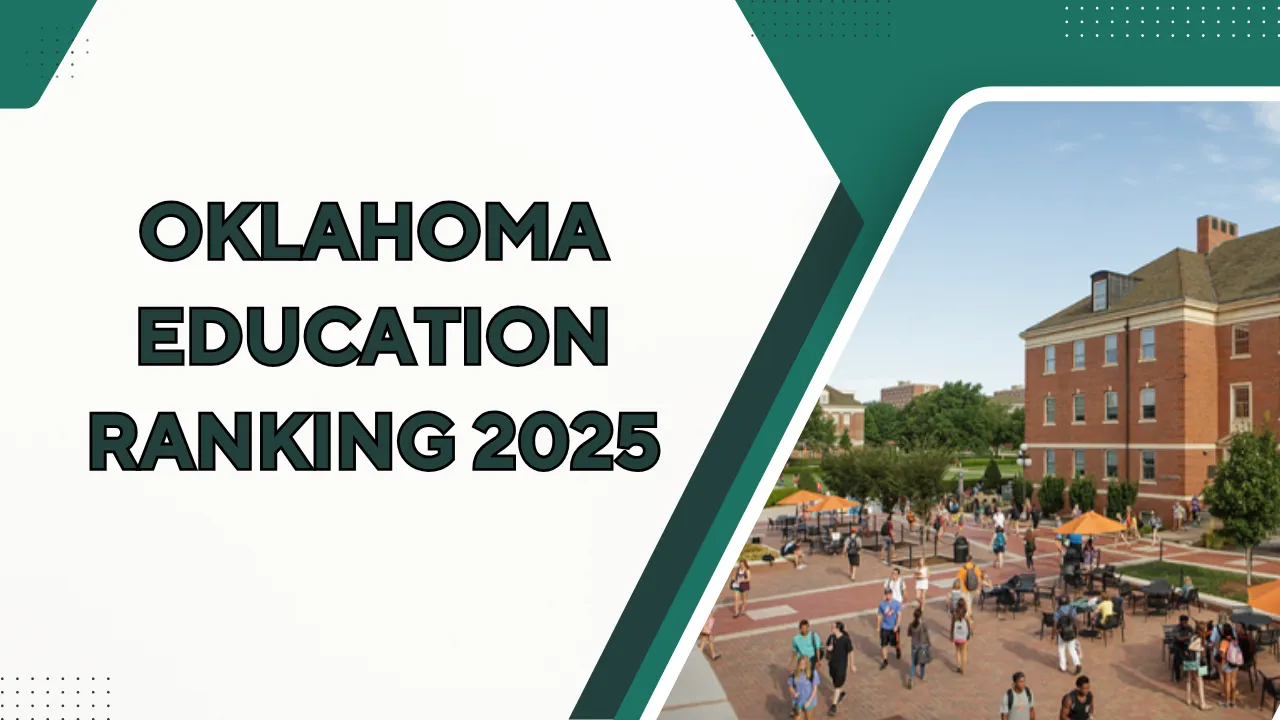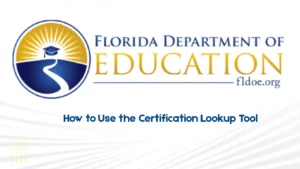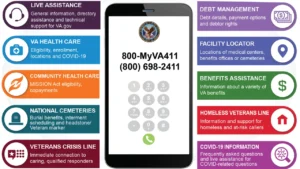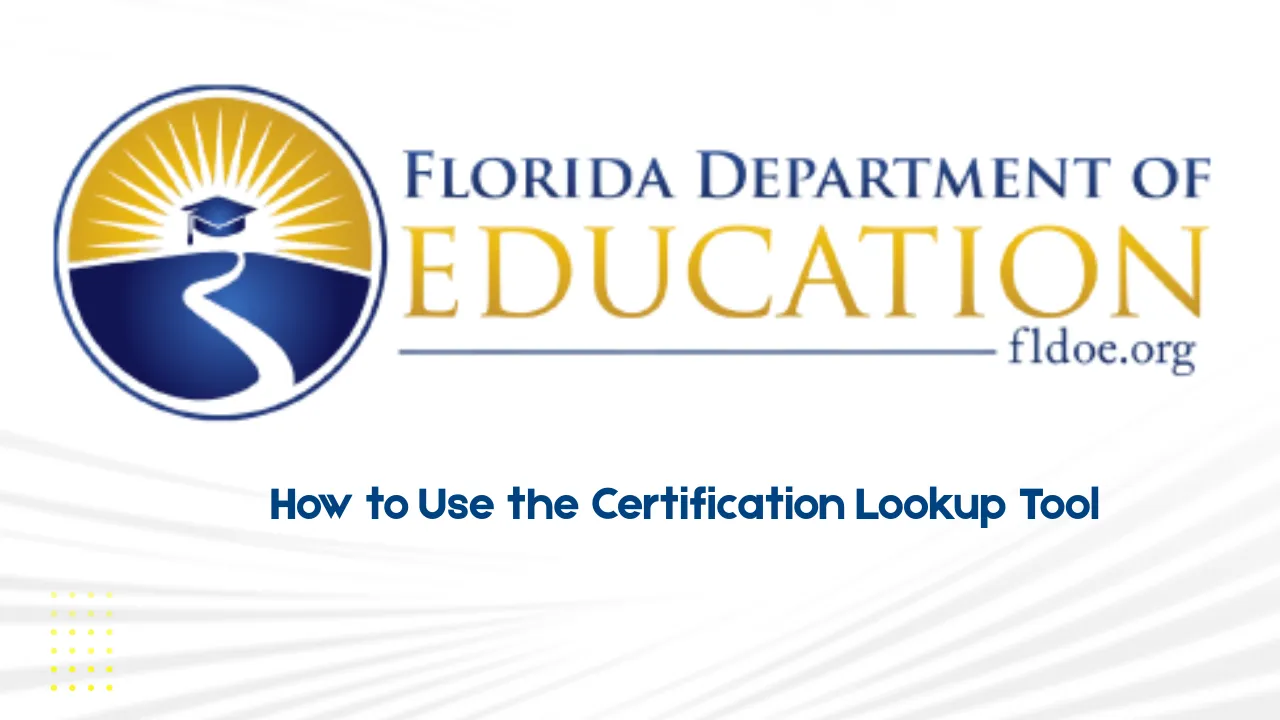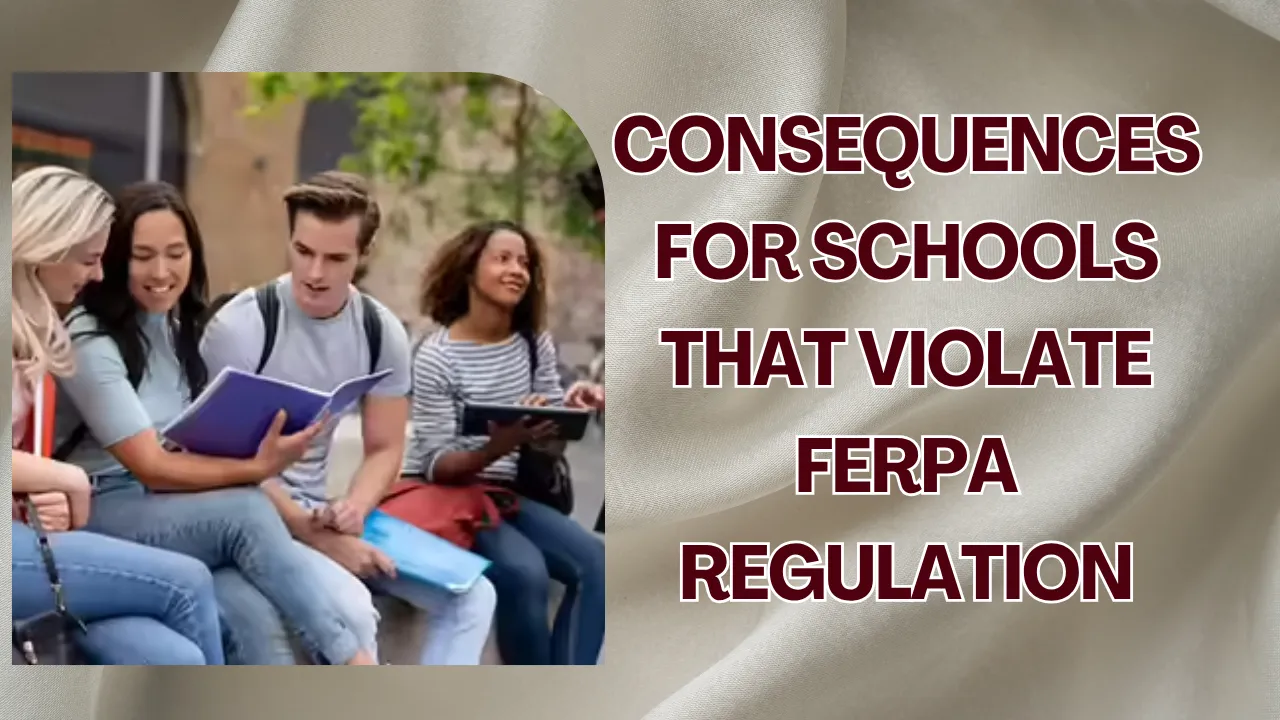Oklahoma Education Ranking 2025: Oklahoma’s education system finds itself in a critical spotlight again. The latest Oklahoma Education Ranking 2025, part of the Annie E. Casey Foundation’s KIDS COUNT Data Book, places the state at 48th in education among all 50 states. This low score has sparked renewed concern among educators, policymakers, and parents alike. While Oklahoma performs somewhat better in other domains of child well-being, its academic landscape remains deeply troubled.
The Oklahoma Education Ranking 2025 is not just a number. It reflects years of underinvestment, policy missteps, and a need for urgent reform in how the state supports children and families. With education tied closely to future economic success, job readiness, and social stability, Oklahoma’s low performance raises vital questions about leadership priorities and the future of its youth.
Oklahoma Education Ranking 2025
According to the latest data from the Oklahoma Education Ranking 2025, the state has landed at 48th place nationally for education, surpassing only Alaska and New Mexico. This alarming position reflects severe challenges in foundational areas like student literacy, math proficiency, and on-time graduation. With 77% of fourth-graders reading below grade level and 83% of eighth-graders lacking basic math skills, the ranking reveals deep-rooted academic setbacks. Oklahoma’s high school graduation rate is also among the lowest, with one in five students not completing school on time. These metrics paint a stark picture of an education system in distress—one that demands urgent, strategic intervention. As educational outcomes directly influence long-term economic and social stability, improving Oklahoma’s education performance must become a top priority for policymakers, educators, and communities statewide.
Overview Table: Oklahoma’s 2025 Child Well-Being and Education Indicators
| Category | Oklahoma Rank | Key Data Points |
| Overall Child Well-Being | 46th | Bottom five nationally |
| Education | 48th | Poor reading, math scores, and graduation rates |
| Economic Well-Being | 40th | 21% child poverty rate |
| Family & Community | 40th | 34% in single-parent households |
| Health | 43rd | High child death and obesity rates |
| Reading Proficiency (4th Grade) | 48th | 77% below proficient reading level |
| Math Proficiency (8th Grade) | 49th | 83% below proficient math level |
| Graduation Rate (on time) | 46th | 20% of high school students fail to graduate on time |
What the Numbers Reveal
The KIDS COUNT report uses 16 key indicators to assess child well-being across four broad domains: education, health, economic security, and family/community strength. Oklahoma struggled in nearly all of them, but education was among the worst-performing areas.
Some standout stats include:
- 77% of 4th graders in Oklahoma are not reading at a proficient level.
- 83% of 8th graders are behind in math.
- One in five high school students does not graduate on time.
These results suggest systemic issues that go far beyond classroom instruction. They highlight problems in early childhood education access, teacher retention, funding equity, and community-level support.
Economic Pressures Amplify Educational Gaps
Oklahoma also ranked 40th in economic well-being, a factor closely tied to academic outcomes. Children from low-income families often face obstacles such as food insecurity, housing instability, and limited access to learning resources.
- 21% of Oklahoma children live in poverty.
- 27% of households spend over 30% of income on housing, leaving little for education and enrichment.
When families are financially strained, children are more likely to struggle in school. Investing in affordable housing, childcare, and job access can directly boost school performance by easing household stress.
The Consequences of Policy Choices
The Oklahoma Policy Institute, one of the state’s key research voices, pointed to decades of tax cuts and funding reductions as root causes for the education crisis. These policies have limited the state’s ability to invest in:
- Robust public school infrastructure
- High-quality early childhood programs
- Teacher development and pay
- After-school and summer learning programs
While other states have poured resources into evidence-backed education models, Oklahoma has lagged, choosing to reduce public investment and favor short-term budget goals over long-term community success.
Health and Education: A Dual Challenge
Oklahoma’s ranking of 43rd in health adds another layer to the educational problem. Unhealthy children struggle more in school. Chronic illnesses, mental health challenges, and poor nutrition are all more common in low-income families—especially in rural and underserved areas of Oklahoma.
The report found:
- Child and teen death rates at 40 per 100,000.
- 34% of kids between ages 10-17 are overweight or obese.
Comprehensive school programs that combine health education, mental wellness, and physical activity are essential for creating an environment where children can learn and grow.
Missed Opportunities and Policy Inaction
Despite the grim statistics, Oklahoma has shown some promise in areas like single-parent family support and infant birth weight outcomes. But these modest strengths are overshadowed by inaction on broader reforms.
Experts recommend that Oklahoma’s leaders:
- Prioritize early education funding, especially pre-K and kindergarten.
- Expand community school models that offer social services on campus.
- Reduce youth incarceration and invest in restorative justice programs.
- Partner with Tribal Nations to build inclusive, resource-rich learning environments.
Unfortunately, these ideas often lack bipartisan support or sustained legislative momentum.
Why This Ranking Matters
The Oklahoma Education Ranking 2025 isn’t just a headline—it’s a roadmap. It reflects how a state treats its youngest residents and what it values most. Falling behind in education translates to:
- A weaker future workforce
- Greater economic inequality
- Higher social service demands
- Lower life expectancy and well-being
Children who grow up without access to a strong education are less likely to contribute meaningfully to their communities, and more likely to require public support as adults.
A Path Forward for Oklahoma
To move up the rankings and offer real hope for its children, Oklahoma must take the following steps:
1. Fund Public Education Like It Matters
Increase investment in teacher salaries, school facilities, classroom technology, and equitable funding formulas that prioritize high-need districts.
2. Build Stronger Early Childhood Systems
Create universal access to high-quality preschool and support caregivers through parenting education and childcare subsidies.
3. Integrate Health into the Education System
Bring school-based clinics, nutrition programs, and mental health services to every district.
4. Foster Safe, Stable Communities
Expand housing, food access, and youth mentorship programs to keep children engaged, nourished, and focused on learning.
Final Thought: Oklahoma’s Children Deserve Better
The Oklahoma Education Ranking 2025 should serve as a call to action, not a source of shame. Every child in Oklahoma deserves the opportunity to thrive in school, grow into their potential, and build a future full of possibilities. But that vision requires commitment, funding, and leadership that puts children first.
Let’s stop treating rankings like predictions and start treating them like challenges. Because change isn’t just possible—it’s necessary.

